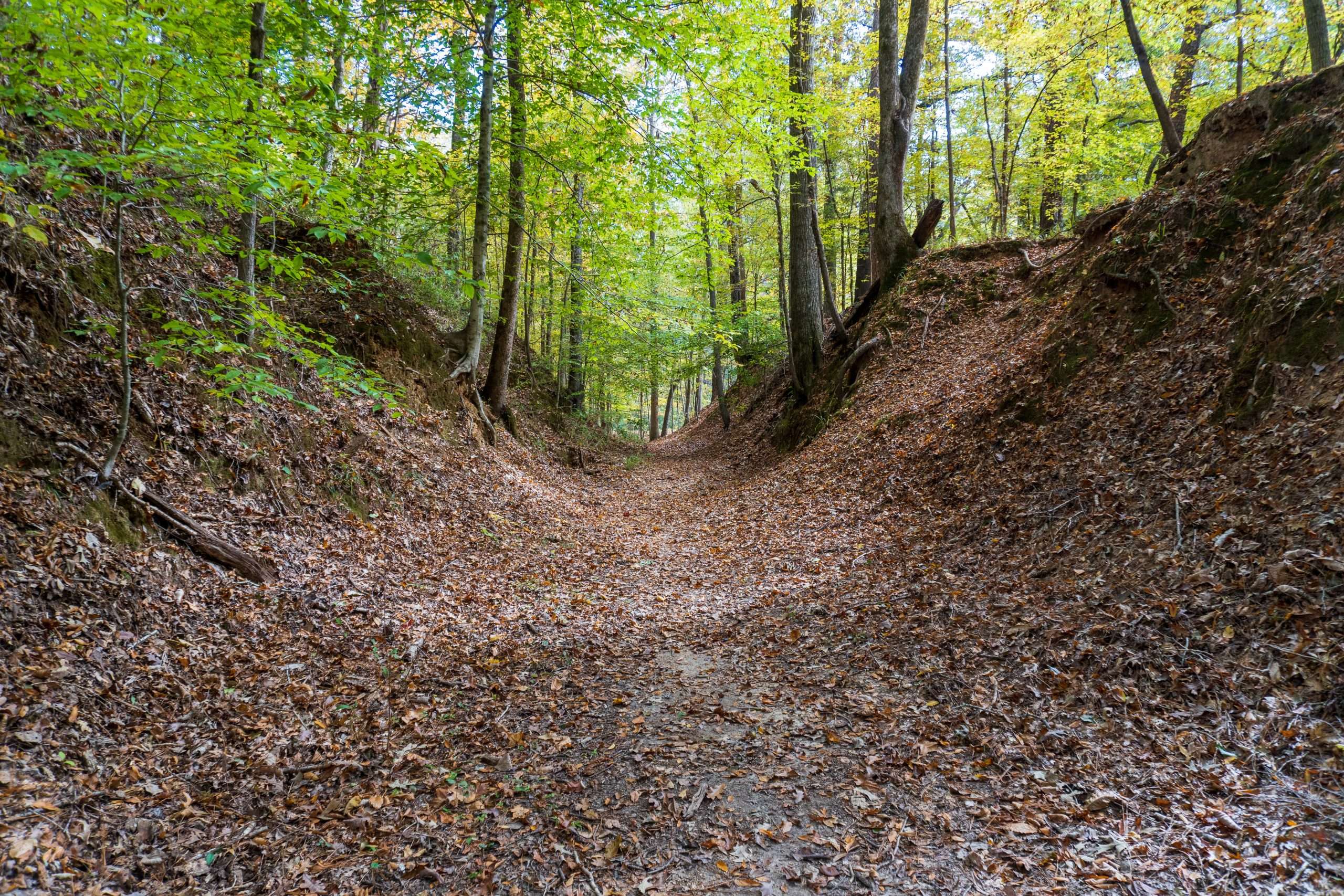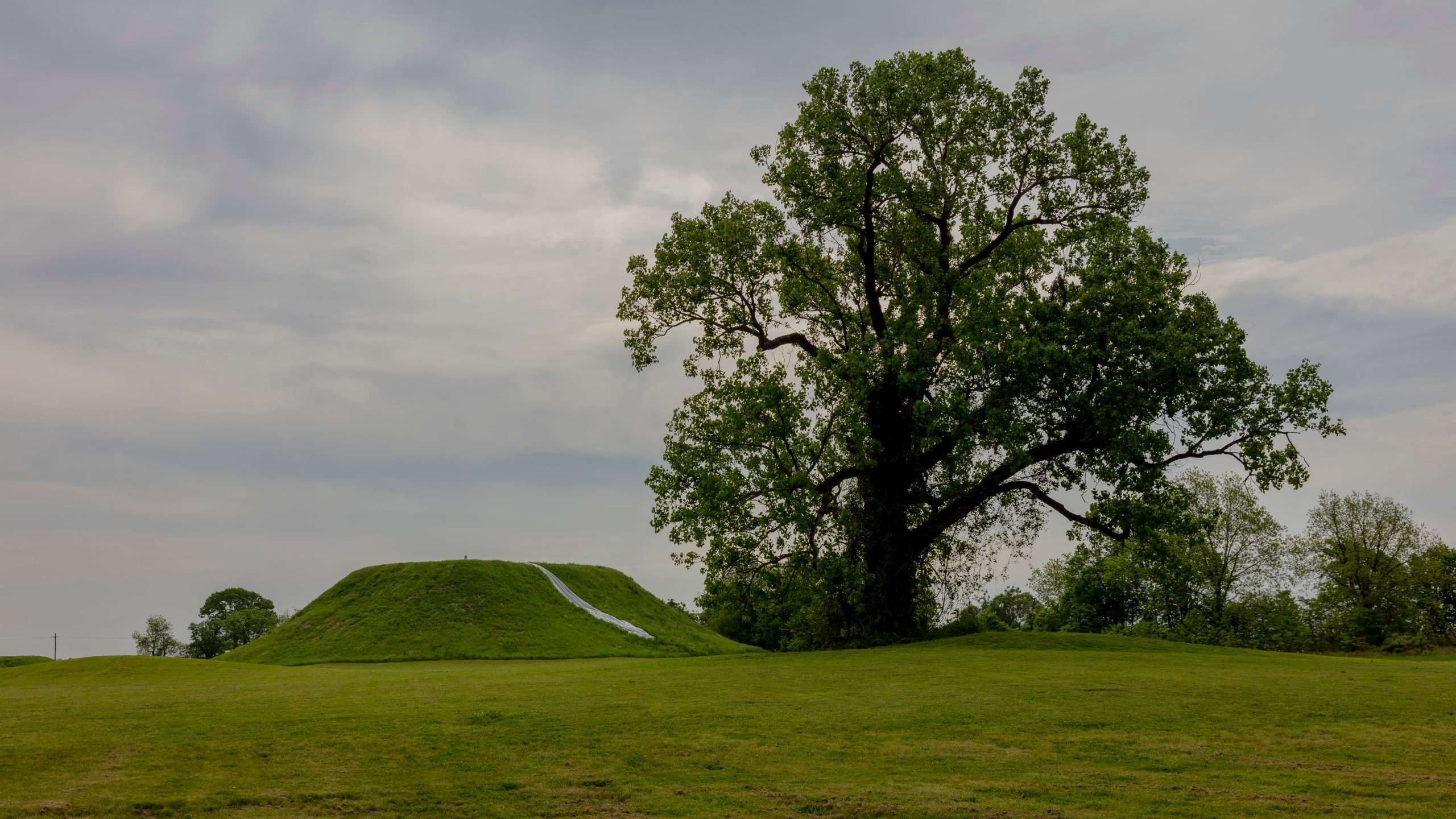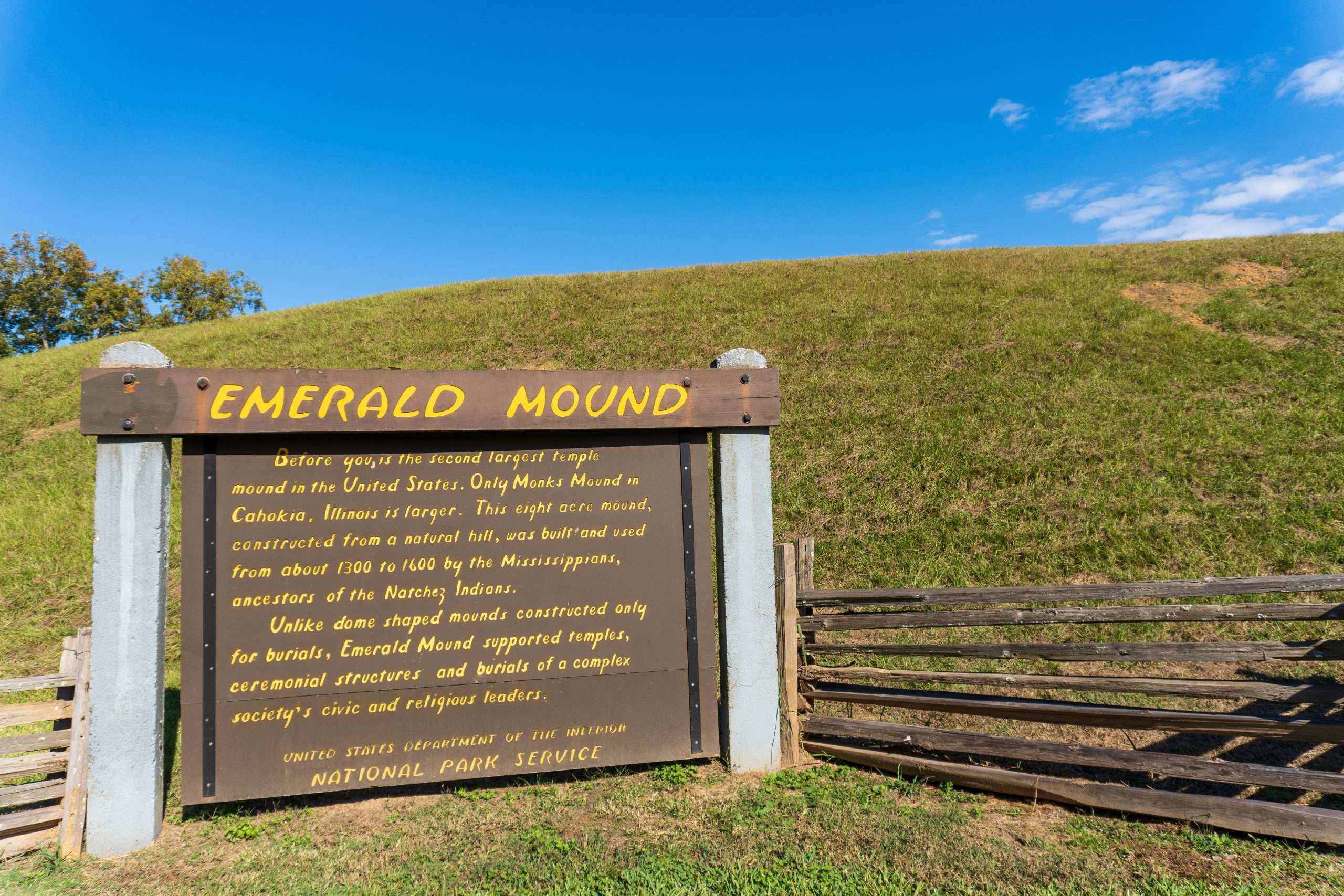The Transition into the Archaic Period
(8000 BCE- 1000 BCE)
The history of human habitation in Mississippi is deeply rooted in the prehistoric periods known as the Paleo-Indian and Archaic periods. The transition from the Paleo-Indian period to the Archaic period in Mississippi, as in many regions, marks a significant shift in human culture and adaptation. These eras, while both crucial to understanding the development of early societies in the region, are distinct in their cultural, environmental, and technological characteristics.

The Paleo-Indian period marks the earliest known presence in Mississippi, dating all the way back to 10,000 BCE and ending roughly around 8000 BCE. Paleo-Indians were primarily nomadic hunter-gatherers who were best known for their distinctive stone tools, in particular, the Clovis point (AR- 31). The Clovis points were used for hunting large game such as mammoths and mastodons that roamed freely. These tools were often made from high-quality chert and flint, reflecting a certain sophisticated technique in flaking and shaping (MDAH).
The landscape and environment of Mississippi were drastically different from today. The landscape featured a much cooler and wetter climate. Game roamed freely, and the Paleo-Indians followed suit. They organized in small, mobile bands that allowed them the freedom to follow their food and seasonal resources (Legends of America). Archaeological evidence from sites like the Hester Site provides insight into their strategies, using the artifacts left behind.

The transition into the Archaic period followed the Paleo-Indians’ ability to adapt to their environment by developing a broader range of tools and technologies. Unlike their Paleo-Indian predecessors, the Archaic peoples relied on a wider variety of materials including bone, antler, and ground stone. Items such as atlatls (spear throwers), grooved axes, and fishing gear became widely crafted. Pottery items like effigy beads rose in popularity (MDAH).
Survival strategies during the Archaic period were more diverse. In addition to hunting small game such as deer and turkey, these communities heavily relied on fishing, shellfishing, and plant gathering. The shift towards more reliable and varied food sources supported larger, more stable populations and led to the establishment of seasonal camps and, eventually, permanent settlements.

The Paleo-Indian and Archaic periods in Mississippi are characterized by significant differences in lifestyle, technology, and subsistence strategies. The Paleo-Indians’ nomadic lifestyle, driven by the pursuit of large game, contrasts sharply with the more settled way of life that emerged during the Archaic period. Technologically, the leap from the finely crafted, single-purpose Clovis points to the diverse array of tools and the advent of pottery during the Archaic period marks a clear evolution in human ingenuity and adaptation.
However, both periods share the commonality of human resilience and adaptability. The inhabitants of Mississippi during these times were resourceful, continuously adapting their strategies to the changing environment. This adaptability laid the groundwork for the complex societies that would eventually emerge in the region, culminating in the rich cultural heritage of the Native American tribes encountered by European explorers centuries later.
While the Paleo-Indian and Archaic periods in Mississippi present a narrative of transformation from nomadic hunters to settled gatherers and fishers, both eras underscore a profound connection between early humans and their environment, showcasing the enduring legacy of Mississippi’s earliest inhabitants.
Citations:
National Park Service. “Accessible Paleo-Indian Period.” National Park Service. Accessed 21 May, 2024. Available at: https://www.nps.gov/ocmu/learn/historyculture/upload/Accessible-Paleo-Indian-Period.pdf.
Brooks, Samuel. “Native Mississippi: Some New Prospectives.” Mississippi History Now. Accessed 21 May, 2024. Available at: https://www.mshistorynow.mdah.ms.gov/issue/prehistoric-mississippi-some-new-perspectives.
Legends of America. “Mound Builders of Mississippi.” Legends of America. Accessed 22 May, 2024. Avaliable at: https://www.legendsofamerica.com/ms-moundbuilders/
McGaughy, Samuel. “Mississippi Projectile Point Guide.” Mississippi Department of Archives and History. Accessed 18 May 2024. Available at: https://www.mdah.ms.gov/sites/default/files/2020-12/AR-31.pdf
Start reading the story of the Paleo-Indians!
https://1onweb.com/echoes-of-the-mississippi-the-paleo-indian-period/



















